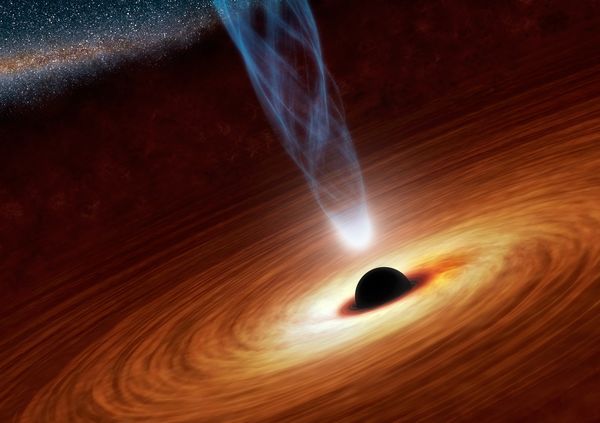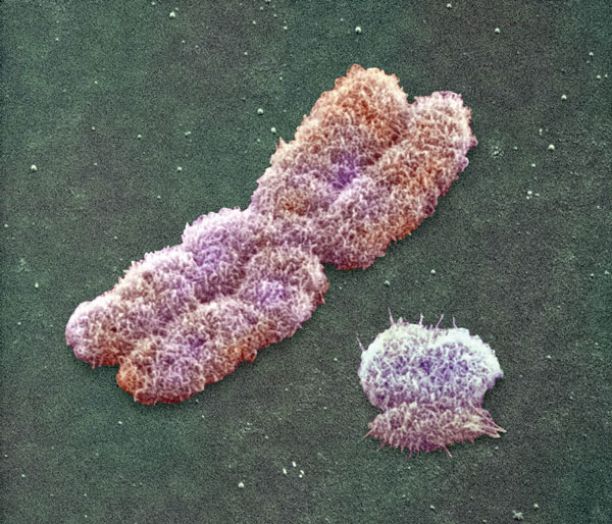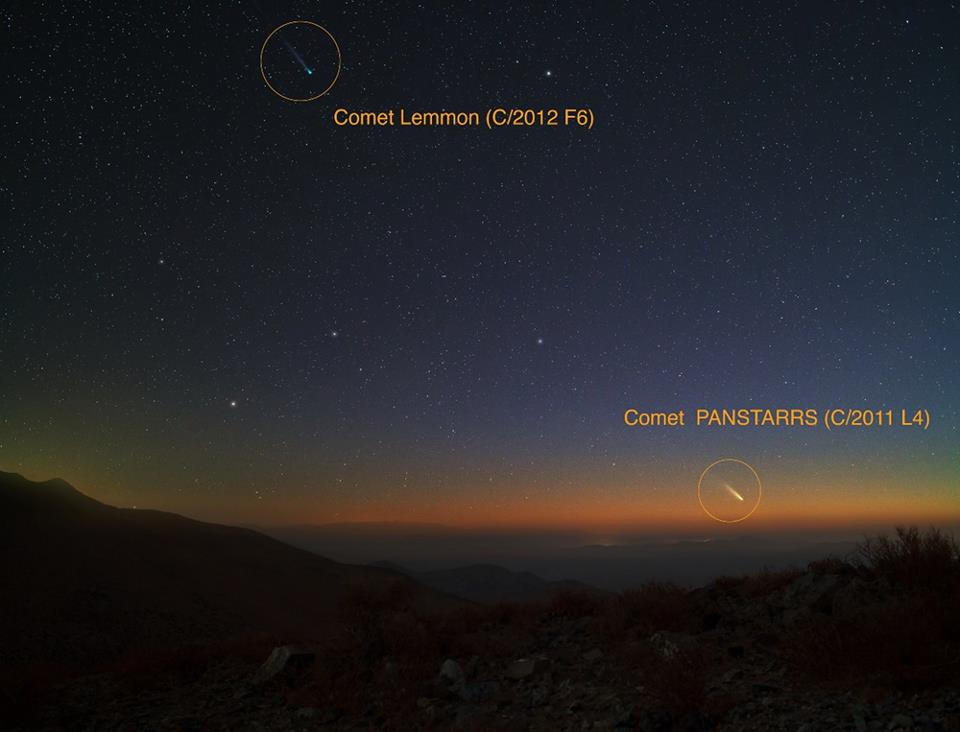OF THE
TIMES


"Our analysis indicates this lineage diverged from previously known Y chromosomes about 338,000 ago, a time when anatomically modern humans had not yet evolved," said Michael Hammer, an associate professor in the University of Arizona's department of ecology and evolutionary biology and a research scientist at the UA's Arizona Research Labs. "This pushes back the time the last common Y chromosome ancestor lived by almost 70 percent."Unlike the other human chromosomes, the majority of the Y chromosome does not exchange genetic material with other chromosomes, which makes it simpler to trace ancestral relationships among contemporary lineages. If two Y chromosomes carry the same mutation, it is because they share a common paternal ancestor at some point in the past. The more mutations that differ between two Y chromosomes the farther back in time the common ancestor lived.
